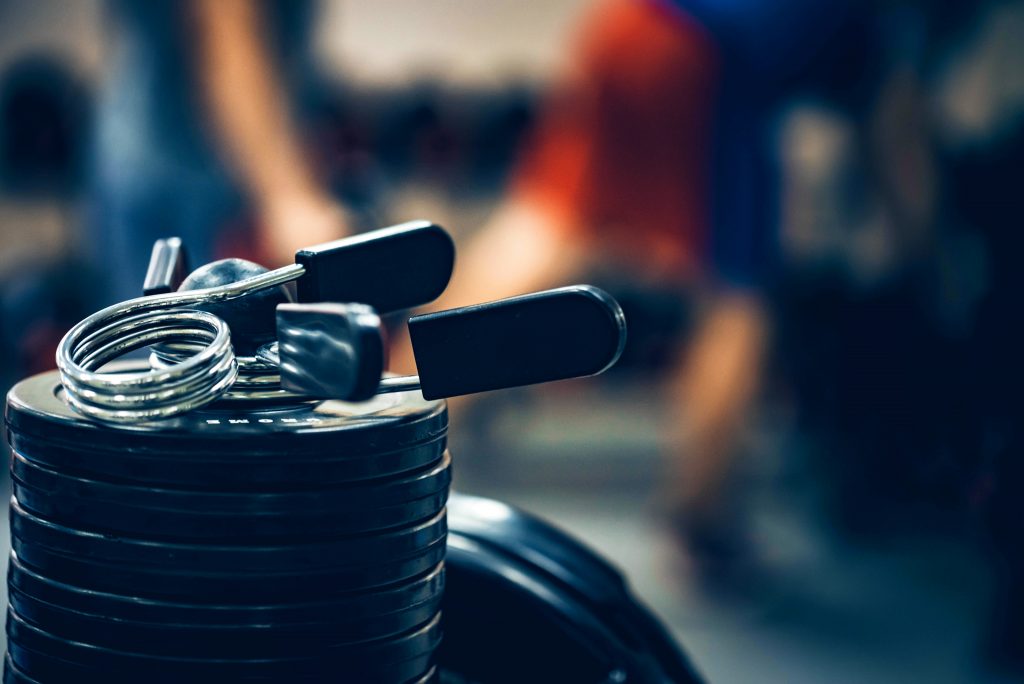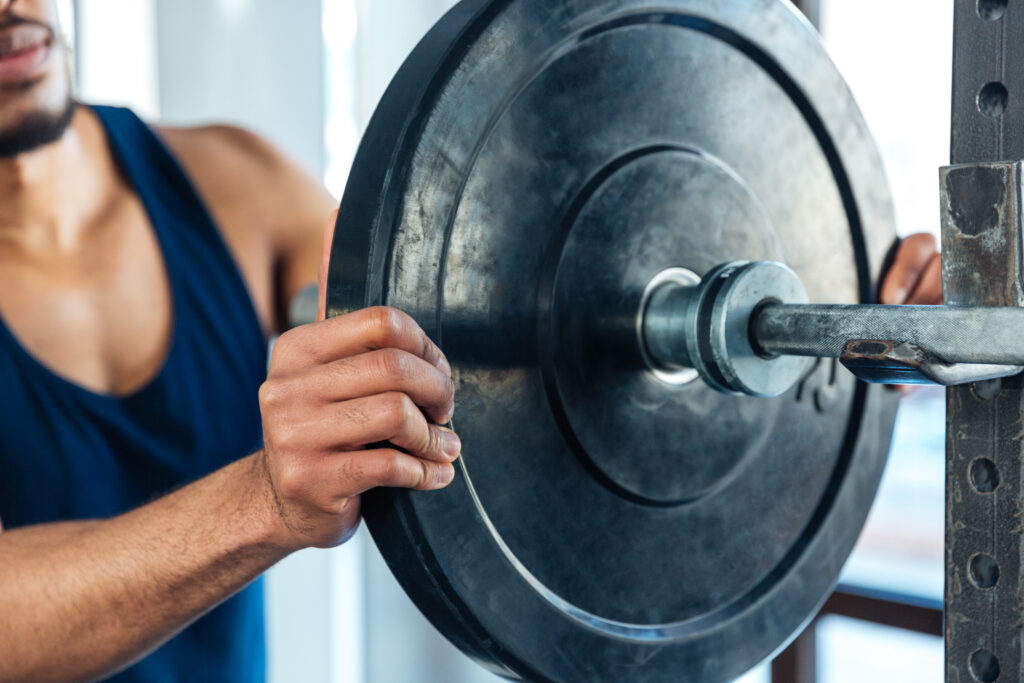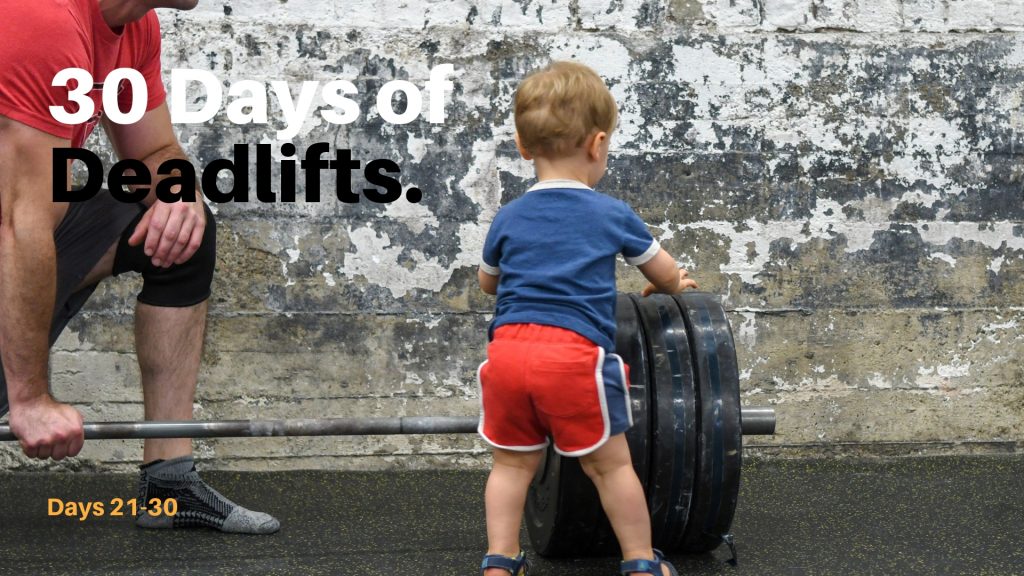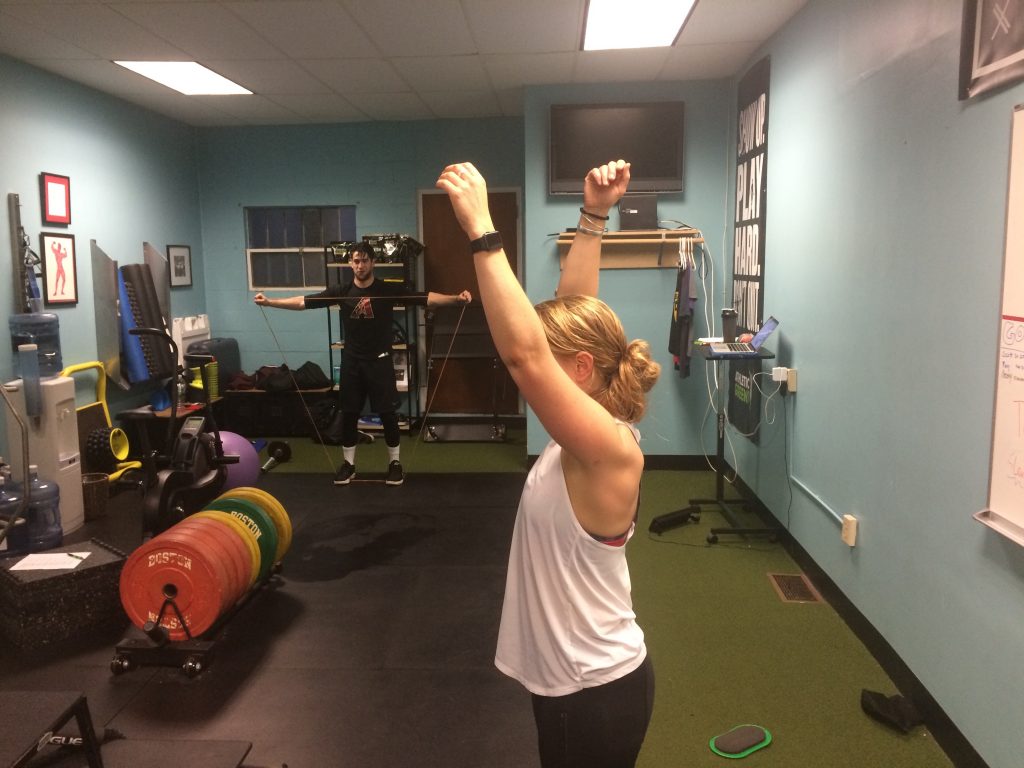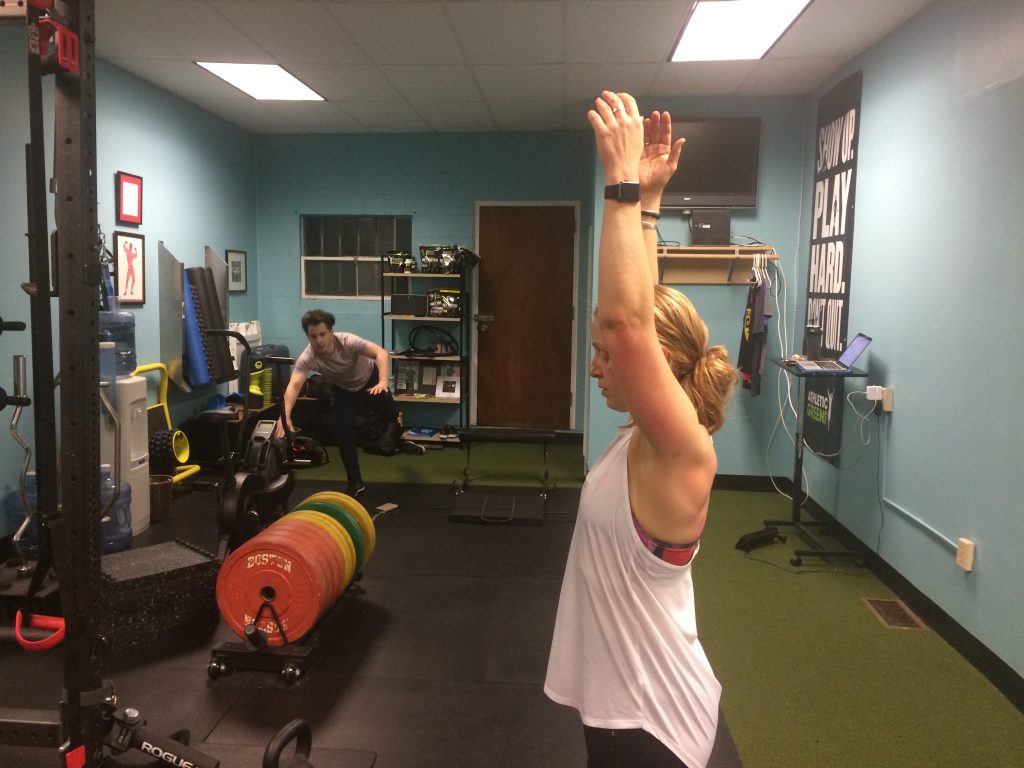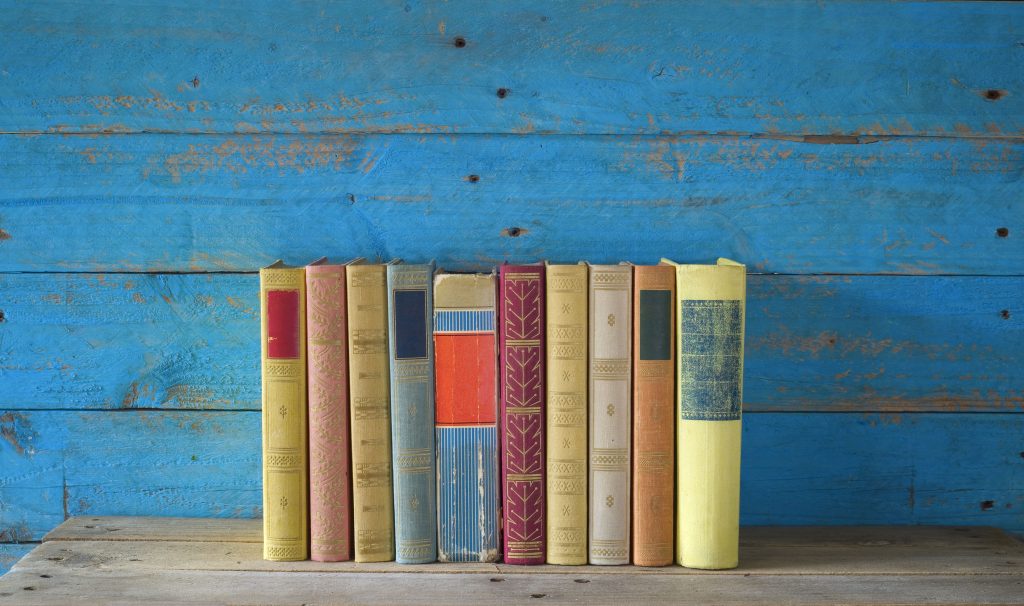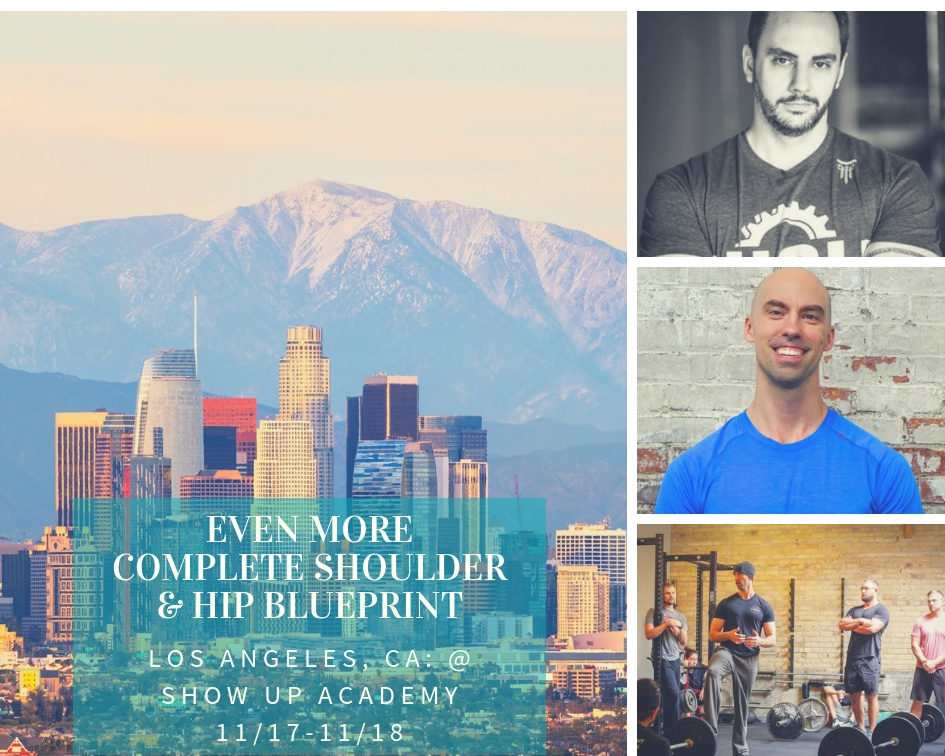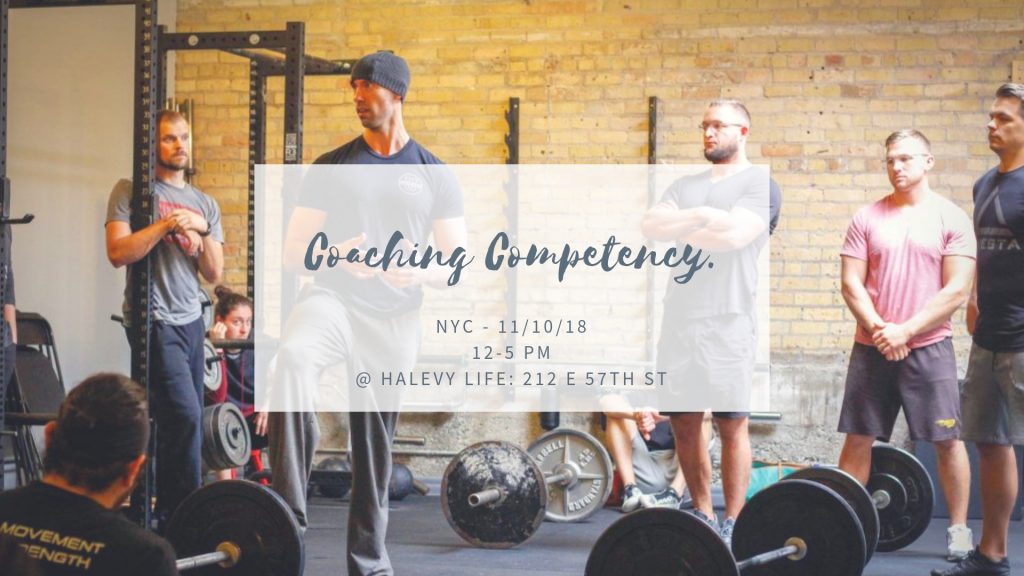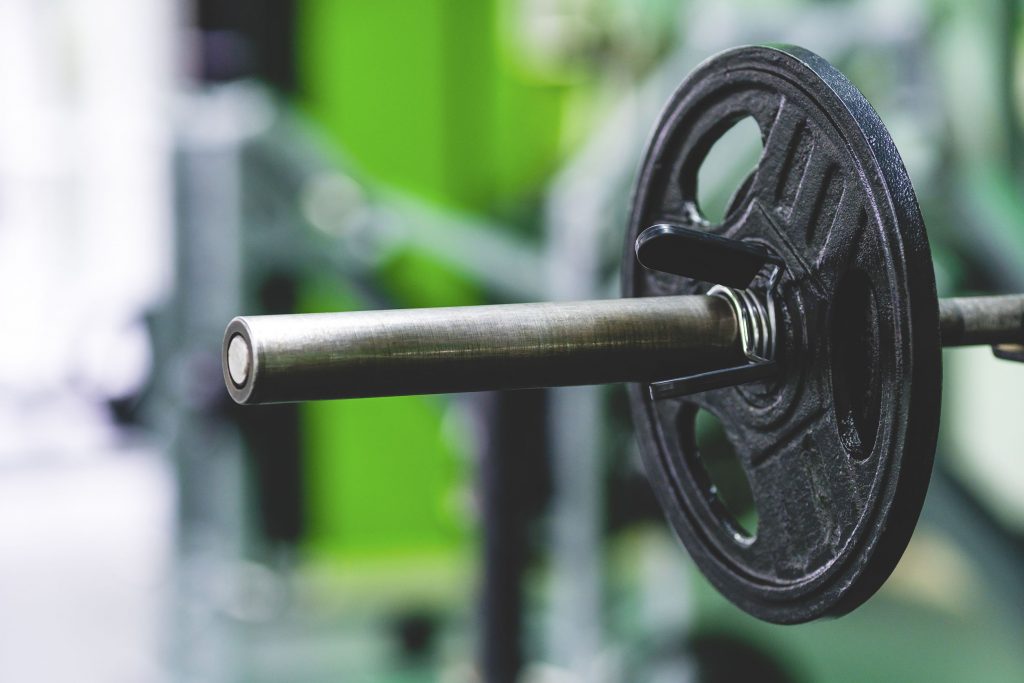First off: Yeah, that’s right I just put the slang version of “Gucci” into the title of a blog post about deadbugs.
Second: I promise I won’t ever do that again
Third: I’ve been swamped with travel the past few weeks (and the subsequent catching up on emails, programs, projects, and life shit-show) and I apologize for my lack of writing prowess. Thankfully I’ve had a handful of regular contributors to the site help to pick up the slack in my absence.
Thanks to Boston based coach, Lana Sova, for today’s contribution.
Fourth: Maybe I should have used “lit?” No? Okay, I’ll GFM.

5 Deadbug Regressions You Need To Try
When it comes to core training, people often fight over which exercises are the best, but that’s kind of like arguing whether Cardi B or Nicki Minaj is a better rapper.
In my opinion (which no one really asked for, but Imma say it anyways because #internet) there is space for both, much like there is a time and a place for different core strengthening exercises.
When people ask me which is the best core strengthener, I give the most boring answer — it depends.
There are many things I take into consideration when I include core strengthening exercises in a client’s program.
Things like goals, training levels, level of lumbo-pelvic control, and mind-body awareness all matter.
Much like the aging process, things are never the same with core training — what could be the best core exercises for a client today will not be the same a year or two from now because they’ve gotten stronger and advanced their skills.
Which leads me to today’s article.
For some reason, when it comes to core training, we go from zero to a hundred in no time. And by “we,” I mean personal trainers. I get it, often we’re tempted to impress clients and show them what we’ve got under our sleeves.
And, often, our clients swear by the fact that they are so advanced they can hold a plank for ten minutes while multitasking and doing 20 other things.
Cue *major eye roll*.
While it’s a good thing to keep your clients happy and help them fall in love with training and working out, there is also a thing called common sense, not to mention the art of giving a client not only what she wants, but also what she needs.
Enter Deadbugs
The deadbug exercise is my all time favorite core strengthening exercise.
When done correctly, it’s one of those exercises that looks easy, but isn’t when you do it yourself.
Progressions to this exercise are diverse and can be lots of fun. And while progressions are great and we do need them to help a client succeed, we also need not forget about regressions.
Deadbugs are one of the exercises where attention to the details matter. It’s easy to spot bad form on a deadbug when you see a client arch her back from the get go. But it’s much more challenging to notice incorrect form when things are not so obvious.
For example, ideally we want a client show us that she can maintain a canister position while performing a deadbug. What’s a canister position? If you live under a rock and never heard Tony speak about this concept, here’s a video for you.
But often, clients will cheat.
Like when I see clients bring their knees closer to their chest to help them with a posterior pelvic tilt.
Or maybe the second they begin to extend their leg out, they lose any core tension; to help them reach the floor, they’ll shift into an anterior pelvic tilt.
It’s our job as coaches to help a client succeed with this exercise without cheating, because the key to their success is doing exercises with correct form.
Happy client AND successful client = Happy coach.
Here are FIVE of my favorite deadbug regressions.
1) Deadbug ISO Hold with a Dowel
Deadbugs are a core stability exercise. This is where I often introduce the concept of an open or closed canister in relationship to the hips and rib cage.
Pssst: (Watch the video earlier in the post.)
Before we start moving the legs and arms and begin to resist any movement in the hip region, it would be a good idea to learn to own the closed canister.
The reason I love this exercise is it helps the client learn how to keep tension in the whole body while also feeling the abdominals working. Adding a dowel to the equation, with the client holding it above her chest while keeping her legs up in a tabletop position, helps her to learn what it means to activate her lats, which can translate to more advanced exercises like bench pressing or deadlifting later on.
I often use the cue ‘’Try to bend the dowel with your pinkies.” Go ahead and give it a try. This should fire up your lats like crazy.
2) Core-Engaged Deadbug ISO Hold with Band
Much like the previous exercise, this variation teaches the client to keep the closed canister position while keeping the tension in the entire body. However, she’ll hold a resistance band above her chest, which acts as a multiplier in creating the tension in the upper body.
3) Core-Engaged Deadbug March
This is an exercises I stole from Florida-based coach William Richards in one of his guest post for Tony on this site.
Note From TG: You can check that post out HERE.
This is the exercises where, once your client learns how to control the canister position and knows how to create tension in the whole body, she can start moving her legs and making the exercise so much more advanced.
4) Deadbug w/ KB Overhead Hold
This exercise can teach your client how to maintain the canister position with her hands above her head. I like to use this exercise to build up the context for future exercises such as overhead presses.
5) Deadbug with a Pallof Press
This is probably more advanced than the previous exercises; nonetheless it’s still a great regression before you dive head first into all the glorious deadbug variations and completely destroy your client’s core.
It’s great to show your clients advanced movements and spice things up here and there. But before you do so, make sure your client is competent with the exercises and can perform them well. This will help your client show up at the gym more willingly and ultimately reach her goals.
About the Author



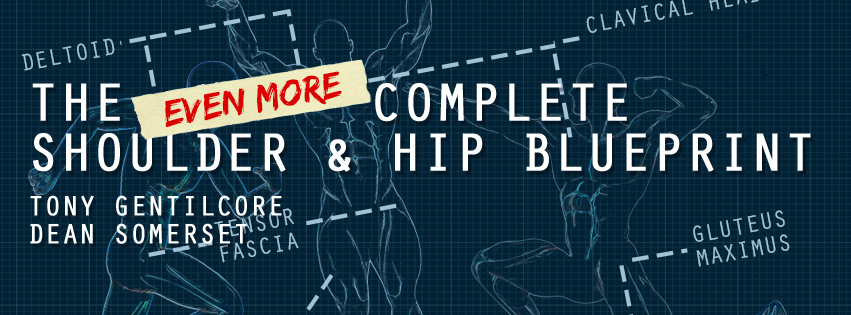
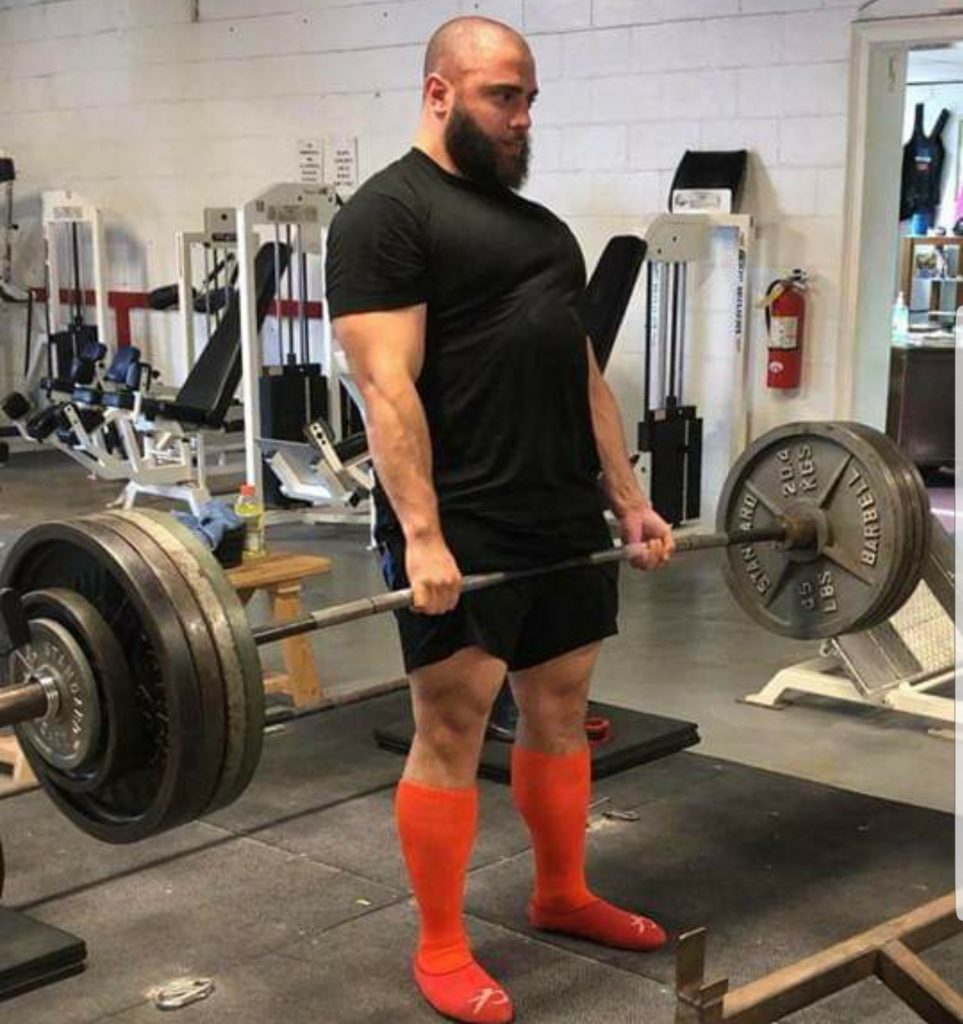
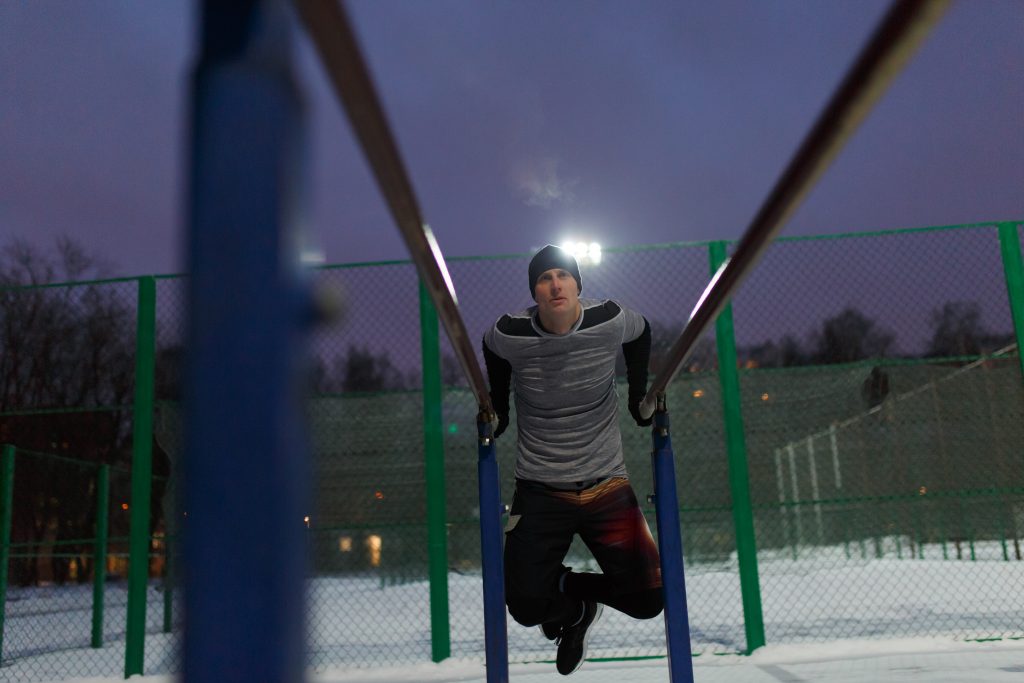
 Tom Coffey is a former Army Ranger, certified nutrition coach, and currently pursuing a master’s degree in Exercise Science.
Tom Coffey is a former Army Ranger, certified nutrition coach, and currently pursuing a master’s degree in Exercise Science.